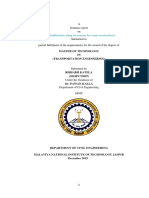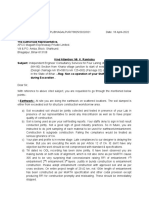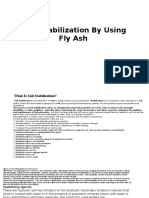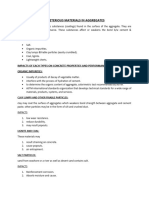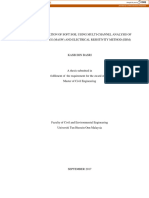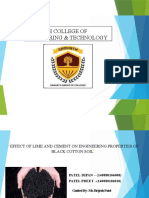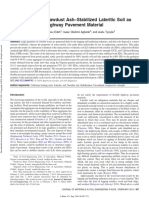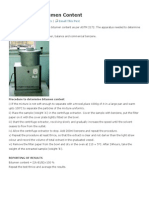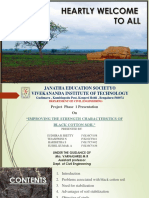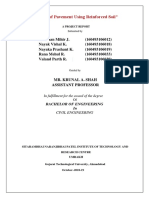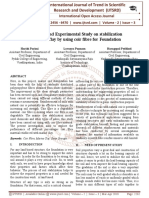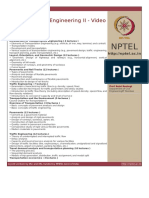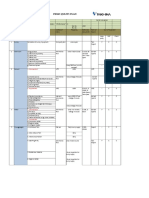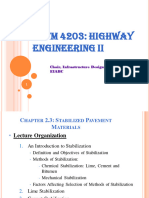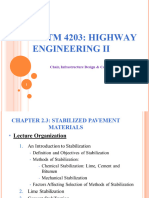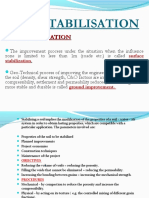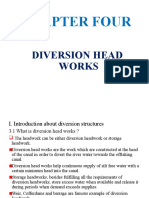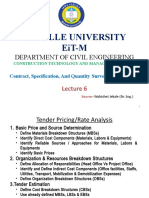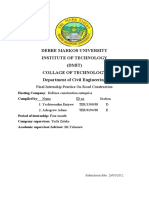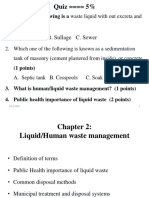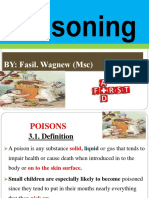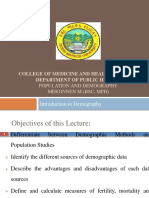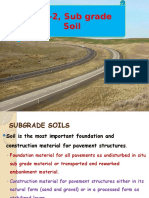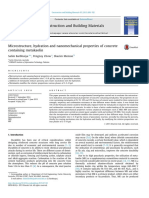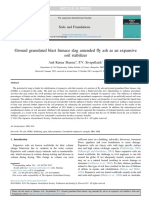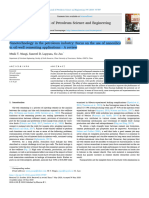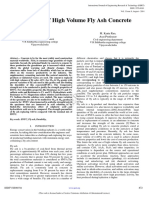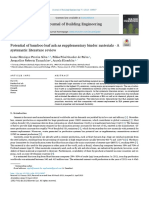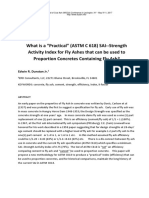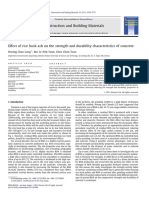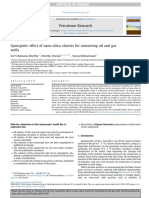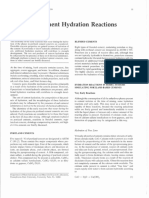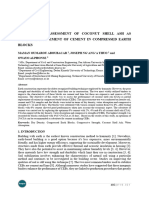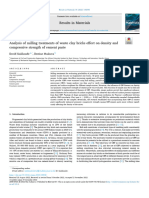0% found this document useful (0 votes)
248 views46 pagesChapter Four Stabilized Pavement Materials
This document discusses stabilized pavement materials. It describes problematic soils like expansive, dispersive, organic, and saline soils that require treatment before use in pavement foundations. Soil stabilization methods are introduced, including mechanical stabilization, cement stabilization, lime stabilization, and bitumen stabilization. Key factors in selecting stabilization methods are discussed. Cement and lime stabilization techniques are then described in more detail.
Uploaded by
yeshi janexoCopyright
© © All Rights Reserved
We take content rights seriously. If you suspect this is your content, claim it here.
Available Formats
Download as PPTX, PDF, TXT or read online on Scribd
0% found this document useful (0 votes)
248 views46 pagesChapter Four Stabilized Pavement Materials
This document discusses stabilized pavement materials. It describes problematic soils like expansive, dispersive, organic, and saline soils that require treatment before use in pavement foundations. Soil stabilization methods are introduced, including mechanical stabilization, cement stabilization, lime stabilization, and bitumen stabilization. Key factors in selecting stabilization methods are discussed. Cement and lime stabilization techniques are then described in more detail.
Uploaded by
yeshi janexoCopyright
© © All Rights Reserved
We take content rights seriously. If you suspect this is your content, claim it here.
Available Formats
Download as PPTX, PDF, TXT or read online on Scribd
/ 46





